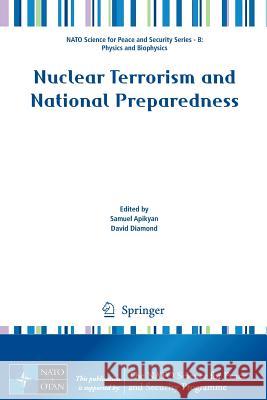Nuclear Terrorism and National Preparedness » książka
topmenu
Nuclear Terrorism and National Preparedness
ISBN-13: 9789401799355 / Angielski / Miękka / 2015 / 263 str.
Nuclear Terrorism and National Preparedness
ISBN-13: 9789401799355 / Angielski / Miękka / 2015 / 263 str.
cena 603,81
(netto: 575,06 VAT: 5%)
Najniższa cena z 30 dni: 578,30
(netto: 575,06 VAT: 5%)
Najniższa cena z 30 dni: 578,30
Termin realizacji zamówienia:
ok. 22 dni roboczych
Dostawa w 2026 r.
ok. 22 dni roboczych
Dostawa w 2026 r.
Darmowa dostawa!
Kategorie:
Kategorie BISAC:
Wydawca:
Springer
Seria wydawnicza:
Język:
Angielski
ISBN-13:
9789401799355
Rok wydania:
2015
Wydanie:
2015
Numer serii:
000359120
Ilość stron:
263
Waga:
4.72 kg
Wymiary:
23.5 x 15.5
Oprawa:
Miękka
Wolumenów:
01











